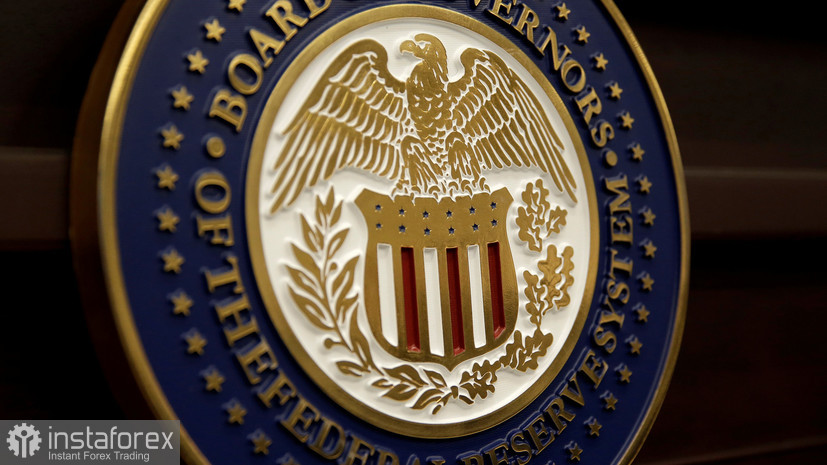The single European currency, like the British pound, managed to offset a series of losses incurred the day before. Statements from Fed's policymakers once again reminded that the committee is increasingly split into two camps: some advocate for keeping rates unchanged, while others push for further rate hikes to combat high inflation.

Yesterday, the president of the Federal Reserve Bank of Boston, Susan Collins, argued for a patient approach to policy-making, stating that she needs more evidence to convince her that inflation has been tamed. In remarks that mirrored sentiments of other key central bank leaders, Collins noted that the Fed may already be near the peak of interest rates, but did not rule out the need for a greater increase in borrowing costs depending on incoming data. "Overall, we have a good opportunity to act cautiously in this uncertain economic environment, recognizing risks while remaining data-dependent," Collins said in prepared remarks for a speech in Boston.
As I mentioned above, her statements align with recent remarks by Federal Reserve Chairman Jerome Powell and Governor Christopher Waller. Both officials also supported a patient approach, cautioning about recent positive changes in inflation and being ready to approve further rate hikes if necessary.
In her speech, Collins also highlighted positive inflation news. The Fed's preferred metric, the PCE price index, inched up by 0.2% in July, while wage growth slowed. However, she warned that it's difficult to discern the right signal from the noisy data right now. If the inflation drop turns out short-lived, further policy tightening may be required. "There are good trends, but given the ongoing high demand, I believe it's too early to interpret recent improvements as evidence that inflation is on a sustainable path back to 2%," Collins said.
Economists have repeatedly stated that for rate hikes to be engrained into the economy, it takes from a year to a year and a half. However, Collins believes that factors related to COVID and the overall resilience of household and corporate balances might change these assumptions, calling for more caution in policy. "The goal is an orderly slowdown, which better aligns demand with supply, important for ensuring inflation returns to the target level," she said.
According to CME Group data, market quotes indicate a high probability that the Fed will not raise interest rates at its policy meeting on September 19-20.
Regarding today's technical picture for EUR/USD, the bears have slightly loosened their grip. For the buyers to maintain control, it's important to remain above 1.0700. This would enable a pushback to 1.0750. From this level, the bulls can aim for 1.0770, but they need support from major players to hit this target. Otherwise, it might prove challenging. In case of a decline in the instrument, I expect any significant action from large buyers only around 1.0700. If there's no activity there, it might be good to wait until the low of 1.0665 is updated or consider opening long positions from 1.0635.
As for the technical picture of GBP/USD, the pound is extending its decline. A rebound can only be expected after gaining control over the 1.2530 level. Reclaiming this range will revive hopes for a recovery towards 1.2560, after which a more pronounced upward surge in GBP/USD to about 1.2700 could be discussed. In case the instrument declines, the bears will try to seize control over 1.2484. If they succeed, breaking this range will hit the bulls' positions and push GBP/USD down to a low of 1.2440. Then, the door will be open towards 1.2400.
 English
English 
 Русский
Русский Bahasa Indonesia
Bahasa Indonesia Bahasa Malay
Bahasa Malay ไทย
ไทย Español
Español Deutsch
Deutsch Български
Български Français
Français Tiếng Việt
Tiếng Việt 中文
中文 বাংলা
বাংলা हिन्दी
हिन्दी Čeština
Čeština Українська
Українська Română
Română

